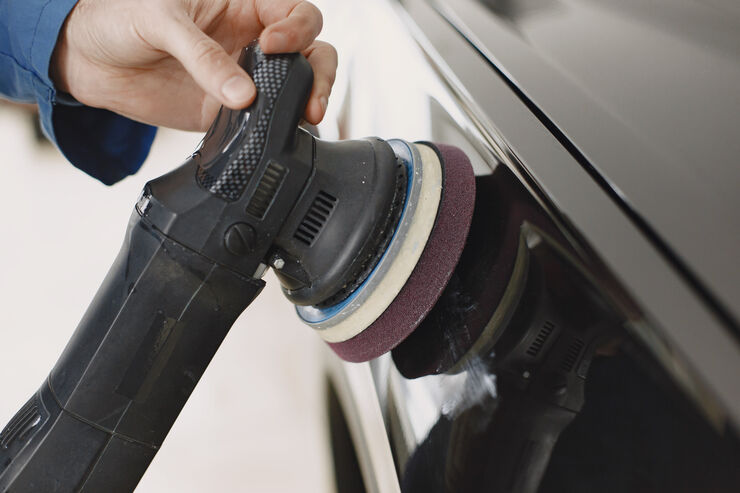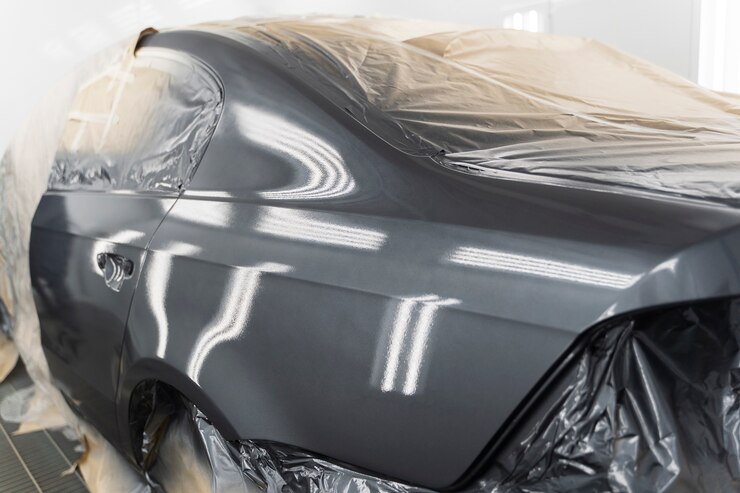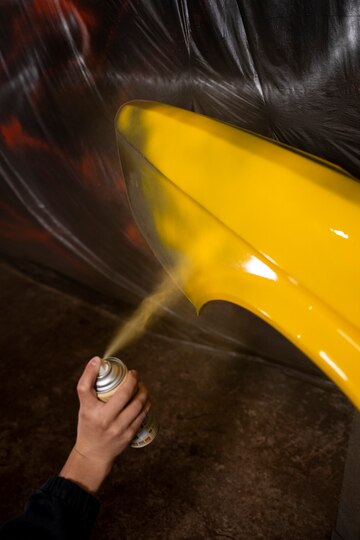Car Films
Car window films, also known as window tinting, are thin sheets of tinted material applied to the windows of vehicles. They come in various shades and types, offering a range of benefits, including:
Most window films block up to 99% of harmful UV rays, helping to protect passengers and the vehicle's interior from sun damage.Tinted windows can significantly reduce heat buildup inside the car, making it more comfortable, especially in hot weather.Films help reduce glare from the sun and headlights, enhancing driving visibility and comfort.Tinted windows provide an added level of privacy for passengers and belongings, making it harder for outsiders to see inside the vehicle.


Ceramic Tint
Ceramic auto tint is a type of window film made with ceramic particles that offer various benefits compared to traditional tints.
The aftermarket includes components for performance, appearance, collision, and replacement. For almost all car makes and models, the aftermarket offers an extensive selection of parts in a range of quality and cost.UV Protection: They block a significant amount of harmful UV rays, protecting both your skin and the car’s interior from fading and damage.
Metallized Tint
Metallized auto tint is a type of window film that incorporates metallic particles to enhance its performance.
The metallic layers help reflect heat, keeping your vehicle cooler and reducing the need for air conditioning.It blocks a significant amount of harmful UV rays, protecting your skin and reducing interior fading.The reflective surface can provide increased privacy and makes it harder for others to see inside your vehicle.It can significantly reduce glare from the sun and headlights, improving driving comfort.


Dyed Tint
Dyed auto tint is a type of window film used to reduce heat and glare inside a vehicle while also providing privacy.
Dyed tints typically have a darker look, enhancing the aesthetic of the vehicle.While they provide some heat reduction, they may not be as effective as other types, like ceramic or metallic tints.Dyed films can block some UV rays, protecting the interior and occupants.Generally, dyed tints are more affordable than higher-performance films.